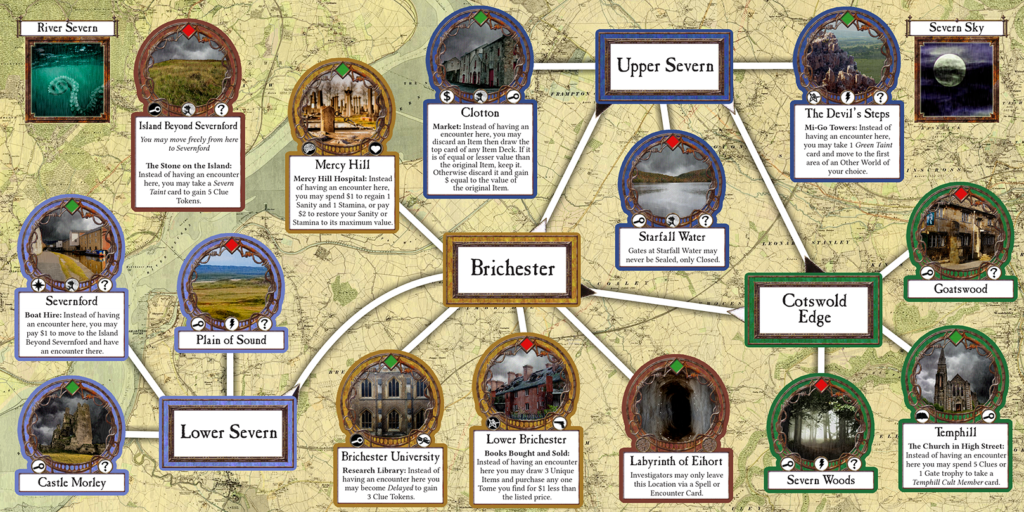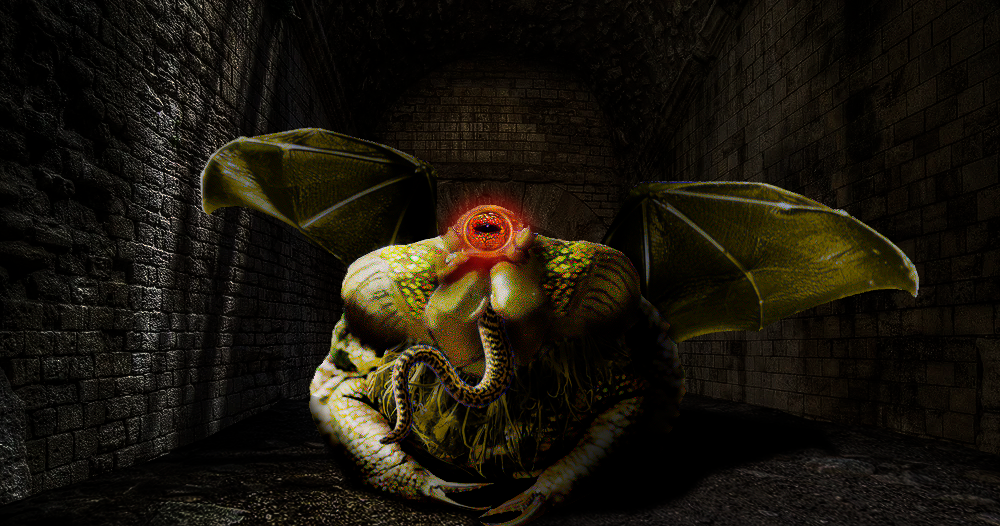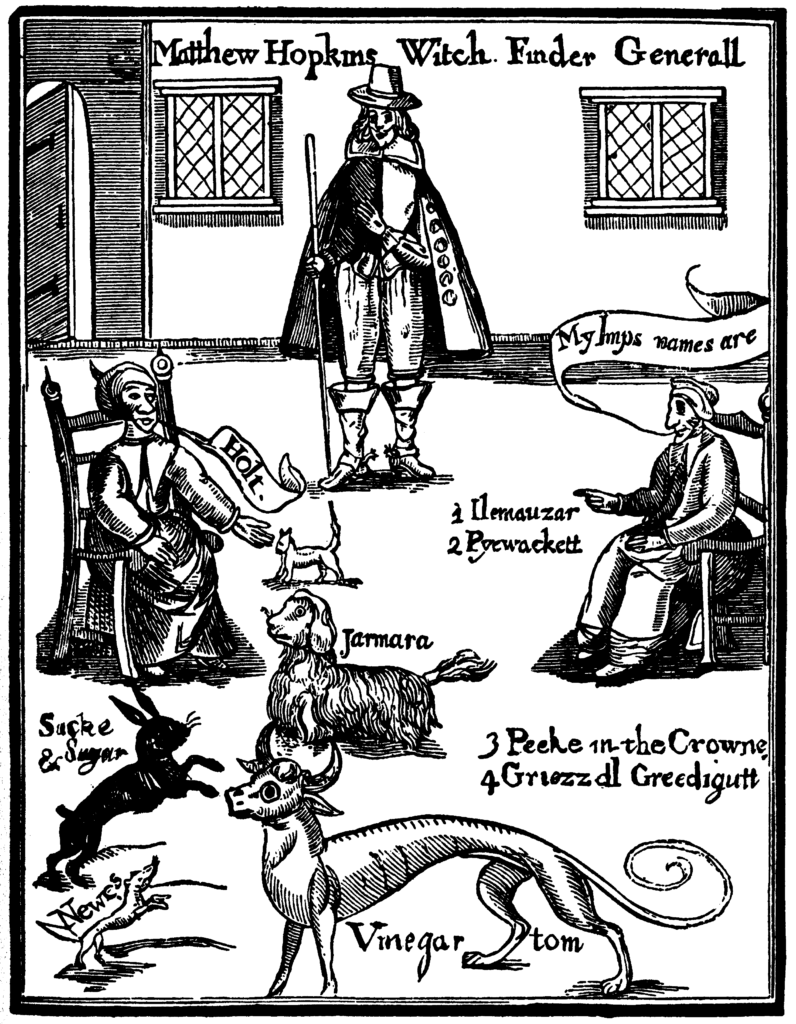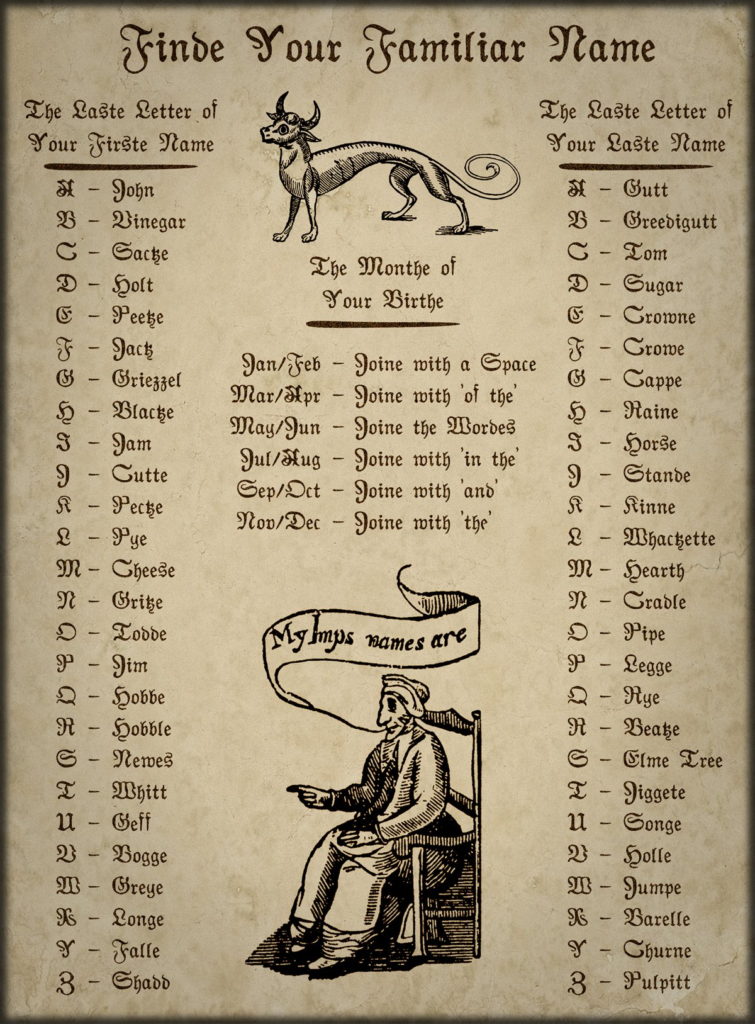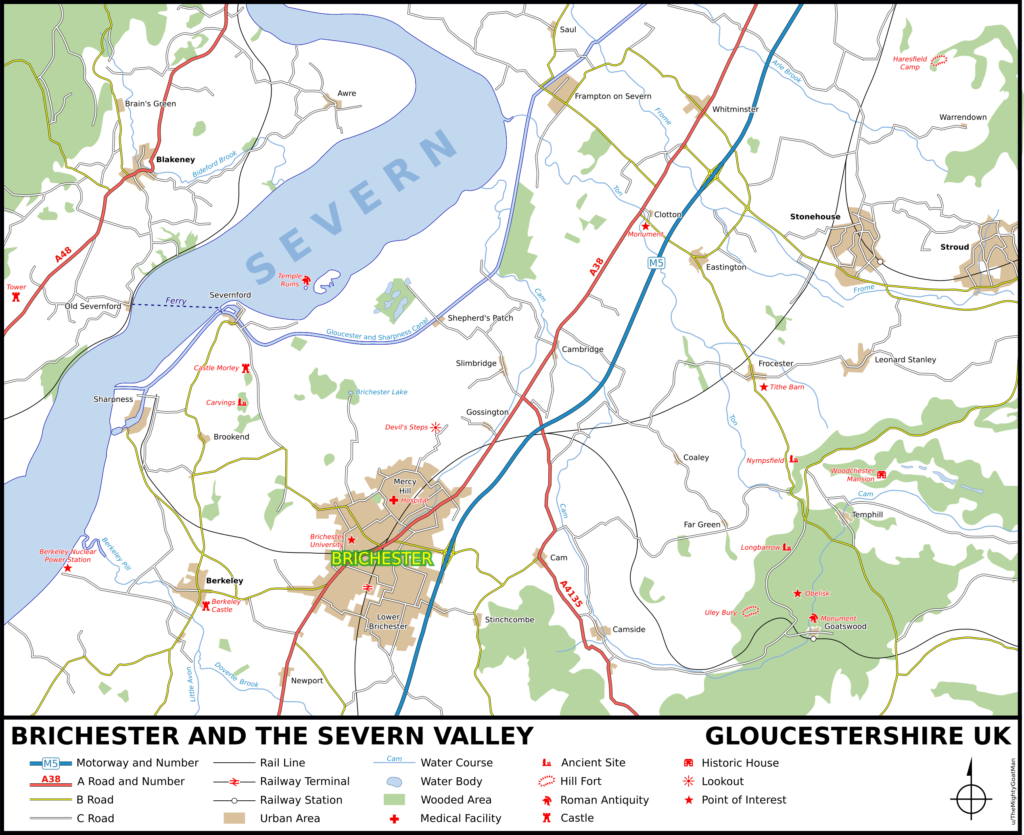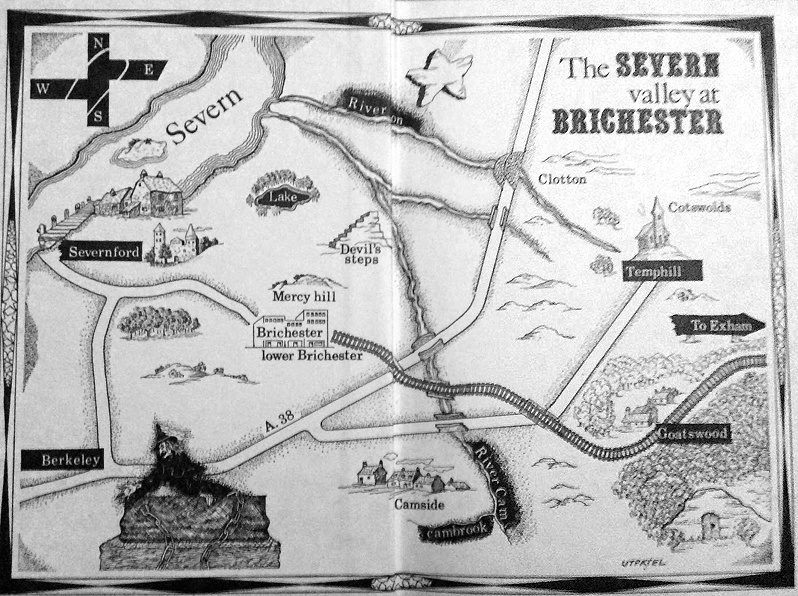Of late, thanks to an absolutely insane game of Arkham Horror we played up at Fabes’ place using every expansion, I’ve been renewing my familiarity with the Cthulhu Mythos works of English horror writer Ramsey Campbell.
Campbell is interesting because he started out as a teenager writing awful imitations of Lovecraft, which he had the guts (or naivete) to send to August Derleth for publication. Derleth sent them back telling him to knock it off with the ridiculous language and to set his stories in England rather than try to set them in Lovecraft’s Massachusetts. Campbell did this and Derleth subsequently accepted some of them for his anthologies. This led to the publication of the short story collection The Inhabitant of the Lake and Other Less Welcome Tenants in 1964 when Campbell was just 18.
Campbell continued to write Lovecraftian tales while gradually developing his own voice, one heavily influenced by the devastated post-war urban landscape he’d grown up with in Liverpool. For a period he turned against Lovecraft, penning a essay condemning his work, although he was later to note that he was really condemning his own reliance on it. But he returned to the Cthulhian fold after a few years, writing new stories in his now fully developed and distinctive personal style.
Reading through his Mythos works it’s fascinating to watch this style develop. The early stories – such as The Room in the Castle – are straight up pastiches, but as you progress along the timeline you start to detect a change in the tone. By the time you get to The Franklyn Paragraphs and Before the Storm you’re reading something very different and when you finally arrive at The Faces at Pine Dunes or The Voice of the Beach it’s had to believe it’s the same author.
But anyway, I didn’t come to talk about the progression of Campbell’s style – fascinating though it is. I came to talk about Campbell Country.
August Derleth advised Campbell not to use the New England setting of Lovecraft’s stories (nowdays often referred to as ‘Lovecraft Country’) but to set his stories in England. Campbell took this advice and created his own little patch of cosmic horror and ancient secrets along the east side of Severn river in Gloucestershire, the area now known to Mythos fans as ‘Campbell Country’.
This area – centered around the fictional university city of Brichester – has everything a Mythos aficionado could want. Ancient ruins, tombs and temples, crumbling towns with dark secrets, blasphemous alien sites, strange inbred locals, the whole Lovecraftian shebang.
But, there’s a problem. In the space between the Severn river and the Cotswold escarpment there simply isn’t room for all the desolate landscapes and isolated places Campbell placed there.
I figured this out back in the 90’s when I compared the map provided in the Chaosium Made in Goatswood anthology with Ordnance Survey maps of the area. There’s really no way to make it all fit without a horde of Tomb Herds to warp the dimensions. Nonetheless I decided – with all the resources of the 21st century (ie: Google Earth) – to take a shot at mapping Campbell Country anyway.
I’m ignoring the spacing problem. To make it work I think you need to double all the distances, so make of that what you will. Instead I’ve simply figured out where to place the various settlements based on the original map from The Inhabitant of the Lake, the revised one from Made in Goatswood and various ones from the Call of Cthulhu role playing game. My conclusions are as follows,
Brichester: The great (and – in parts – greatly decayed) city of Brichester is at the heart of Campbell Country, and at the heart of its geographic problems. Campbell’s stories make it clear that Brichester is a major population centre – comparable to Gloucester – but there simply isn’t room for it! If you transplanted Gloucester to the location of Brichester there’d be nothing but houses from the Severn to the Cotswolds, with no room left for the isolated lakes, dark forests and strange villages that make up Campbells’s oeuvre.
But no matter. The maps allow us to place the centre of Brichester in the vicinity of Breadstone, close to where the A38 crosses the Sharpness/Gloucester rail line. The Lake of Glaaki, the Devil’s Steps and the Plain of Sound would all be located to the north within the triangle formed between the A38, the canal and Riddle Street.
Camside: The location of Camside is slightly problematic. The maps place it more or less on top of Stinchcombe, but this a good two kilometres away from the river Cam. Some of them deal with this by running a tributary of the Cam (named the Cambrook) through the town, but to my mind the easiest solution is to remove the real world conglomeration of Cam, Dursley and Woodfield and drop the much smaller Camside in their place.
Clotton: Clotton is actually quite easy to place. The maps put it slap bang on top of the real world village of Claypits, just off the A38. We just need to add the river Ton (flowing from the vicinity of Temphill), down to the Severn, and we’re done.
Goatswood and Temphill: Goatswood and Temphill are usually depicted as fairly close to each other, so they might as well be considered together. The maps tend to place them in the vicinity of Far Green, but this poses problems. Goatswood (as the name suggests) is supposed to be surrounded by dense woods, and both towns are usually described as being in the Cotswolds. There are no suitable woods anywhere near Far Green, and while it sits close to the Cotswold escarpment it’s not within the Cotswolds proper.
My suggested solution would be to move the towns slightly further east, placing Goatswood between Uley and Owlpen, and Temphill at Nympsfield. The town of Uley would need to be extirpated and its valley filled with woods, but this would at least place Goatswood’s Roman constructions in context with the real world Roman temple complex at West Hill.
The cone of the insects from Shaggai could be put literally anywhere in the valley. I’d suggest in one of the vales below Temphill.
Severnford: Severnford (and Old Severnford on the far side of the river) could happily be placed in one of three locations. It might be the Campbell Country version of Sharpness – which would make sense given the mention of docks and warehouses – in which case we can simply change the name and be done with it. Some maps however place it slightly north of Sharpness – which could make it an extension of the town and its maritime facilities.
Alternatively (my preferred option) it could replace Purton, which has the advantage that west bank Purton could stand for Old Severnford and the east bank Severnford proper.
(The Made in Goatswood map places Severnford north of Purton, but that’s clearly madness!)
Warrendown: Warrendown is one of the most recent additions to Campbell Country, appearing for the first time in Campbell’s slightly tongue in cheek The Horror Under Warrendown – his contribution to the 1995 Made in Goatswood anthology. The maps that feature it appear to place it in the vicinity of Oxlynch – although – given the nature of its inhabitants – it’s tempting to instead place it at nearby Haresfield 🙂
So there you go. My best guess at making sense of Campbell Country. If you get lost now you’ve only got yourself (or that Tomb Herd under Temphill) to blame!
